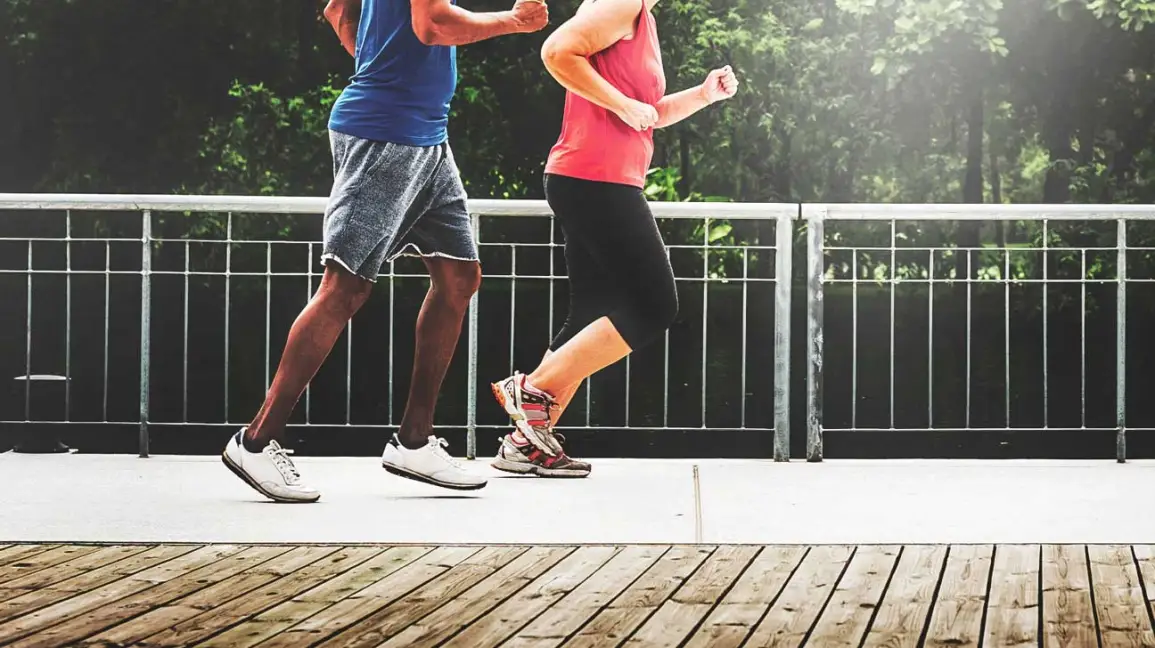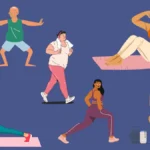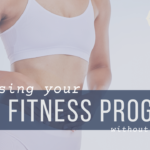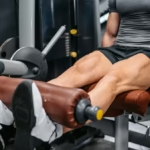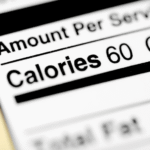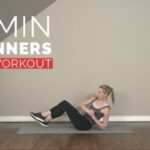Don’t worry if exercise feels hard at first – that’s normal. Everyone starts somewhere, and you can get past the “beginner’s hump” with a gentle, steady approach. Exercise brings big benefits: it strengthens your heart and muscles, improves mood and sleep, and helps you manage weight. For example, building muscle raises your metabolism and makes bones, ligaments and tendons stronger – which can improve blood pressure and immunity. Even a small start (like a short walk or a few squats) will burn calories and make you feel better over time.
Set Safe, Simple Goals
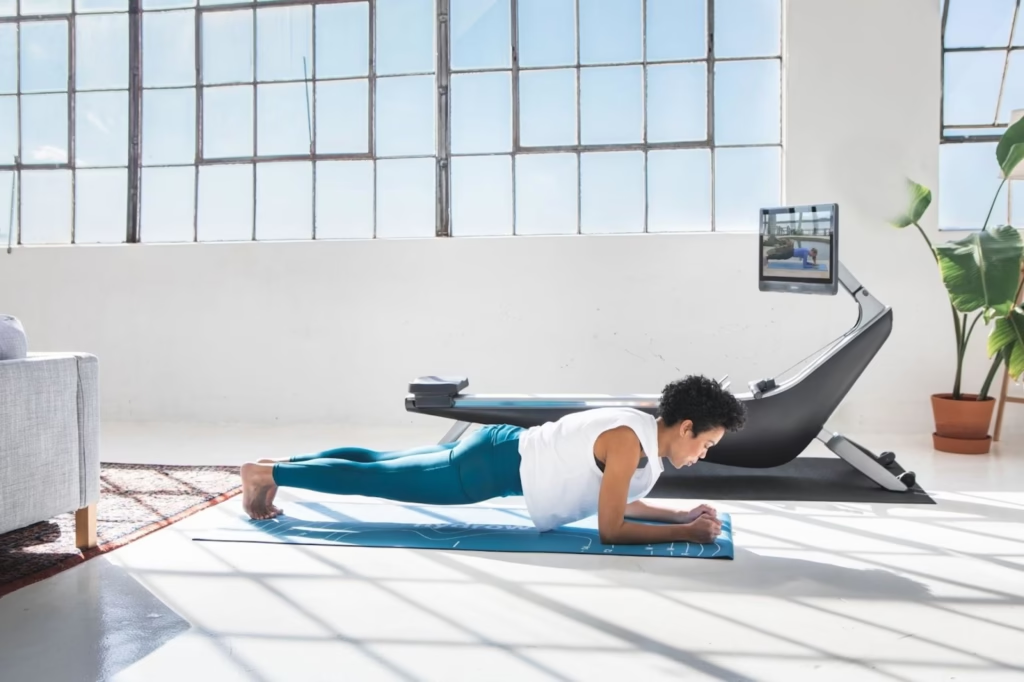
First, start slowly. Make a simple plan – for instance, a 20-minute walk 5 days a week – and stick to it for a few weeks. Your body needs time to adjust, so resist the urge to do too much too soon. Set realistic goals, like exercising three times a week, and gradually increase from there. Always put safety first: if you haven’t exercised in a while or have health issues, check with your doctor before beginning. In workouts, keep the effort moderate (roughly 70–75% of your max) so you don’t hurt yourself. (SRC-menshealth).
At Home or at the Gym: You Choose
You don’t need a fancy gym to get started. Home workouts can be very effective. Bodyweight moves like squats, lunges, push-ups, jumping jacks or yoga poses build strength and burn fat. For example, try 2 sets of 10–12 chair-squats or knee push-ups in your living room. A clear floor space and a chair or mat are all you need – even household chores like fast-paced cleaning count as exercise.
If you prefer a gym, that’s great too. Gyms offer cardio machines (treadmills, bikes) and free weights or weight machines that guide your form. For cardio, starting at your own pace on a treadmill or stationary bike for 15–20 minutes is fine. On strength days, machines or light dumbbells let you safely practice basic moves. Many gyms also have classes or personal trainers – these can give structure and help you learn form. But remember: even at the gym you can stick to bodyweight or low weights at first. The key is moving regularly, whether on a living-room rug or in a fitness center.
Also Read How to Eat Healthier Without Dieting
Sample Beginner Weekly Plan
A simple weekly routine could look like this (adjust as needed to fit you):
- Monday – Cardio: Take a brisk 15–20 minute walk or stationary bike ride. An incline or slight speed-up adds challenge, but even a slow start is fine.
- Tuesday – Upper Body: Do bodyweight or light-weight exercises. For example, 2–3 sets of 10–12 reps each: push-ups (knees down or wall push-ups if needed), dumbbell rows or wall sits, and a 10–30 second plank.
- Wednesday – Lower Body: Focus on legs and core. Try squats (or chair-sit-stands) and lunges: 2 sets of 10 reps each, plus a short plank or glute bridges. These work hips, thighs and buttocks.
- Thursday – Cardio: Another 15–20 minutes of cardio. Ride a bike, jog, or even dance to your favorite music. Aim to sweat a little – intervals are great (30 seconds active, 1–2 minutes easy).
- Friday – Total Body: Mix moves from earlier in the week. For example, do 2 sets of 10 push-ups, 10 squats, and 10 rows (using dumbbells or even water bottles). This hits major muscle groups.
- Saturday & Sunday – Rest/Recovery: Take one or two days off each week to let muscles repair. You can do very light activity (a gentle walk or stretching) on rest days. Drink plenty of water and eat nutritious foods (proteins, veggies) to help recovery.
The exact days and exercises can change. Some plans even use 3 workout days and alternate rest days. The main idea is consistency and giving your body time to recover.
Stay Safe and Motivated
- Warm up and cool down. Always start with ~5 minutes of easy movement (walking, light stretching) to loosen muscles. Finish with gentle stretching to help muscles relax.
- Listen to your body. It’s normal to feel some muscle ache, but stop if you feel sharp pain, dizziness, chest tightness or severe fatigue. If an exercise hurts, choose an easier version (e.g. knee push-ups instead of full push-ups).
- Don’t overdo it. A useful rule is to leave a couple of reps “in the tank” – meaning you stop each set feeling like you could do 1–2 more reps if needed. This helps prevent injury.
- Take rest days seriously. Rest is when muscles grow stronger. Plan at least 1–2 full rest days weekly. On those days, hydrate well, get good sleep, and eat enough protein to aid repair.
- Keep it fun. Find activities you enjoy – brisk walks with friends, dancing, biking, or online workout classes. Enjoyable workouts are easier to stick with. Reward yourself for progress (for example, notice if you can walk a bit faster or do one more rep than last week).
Remember: Patience pays off. You might not notice big changes overnight, but with persistence you will. In just a few weeks you’ll likely feel more energetic and proud of building a new habit. Every workout, even a short one, is a step forward.
FAQ
How long until I see results?
It varies. After a few weeks of consistent workouts you may feel stronger and more energetic. Visible changes (like losing weight or gaining muscle) often take a couple of months. Keep at it – progress builds gradually.
What if I feel too tired or sore?
Feeling tired or having some muscle soreness (especially 1–2 days after a new workout) is common. If it’s mild, do a lighter activity (like a gentle walk or stretch) and rest more. Drinking water and eating proteins help. If pain is sharp or you feel very dizzy/short of breath, stop and rest. It’s OK to skip a workout if you’re very fatigued; just get back to it the next day.
Do I need special gear?
Not really. Good-fitting sneakers and comfortable clothes are enough to start. No fancy equipment is required; bodyweight exercises (squats, push-ups, planks) work well at home. As you progress, simple gear like a yoga mat, resistance bands or light dumbbells can add variety. For strength moves, you could eventually use a pair of dumbbells that you can lift overhead 10–15 times with good form.
Starting to work out can feel like a big step, but remember – every bit of activity counts. Begin where you are, use a plan, and give yourself credit for each workout. With small, steady steps and a positive attitude, you’ll build fitness and confidence before you know it.
Sources: Expert guidance from Cleveland Clinic, Healthline, fitness trainers, and wellness experts have been used to inform this plan. Each tip reflects up-to-date advice for beginning exercisers.
Author- Ayush
